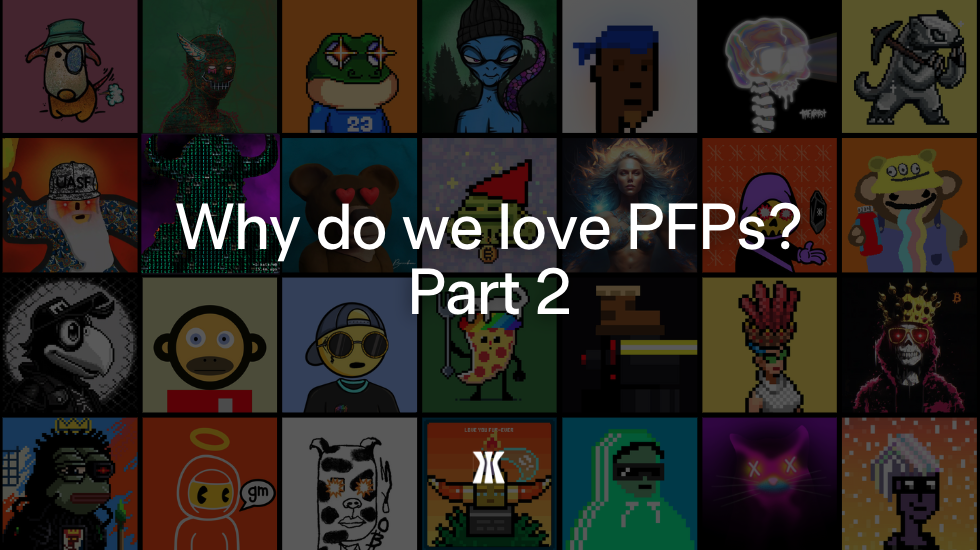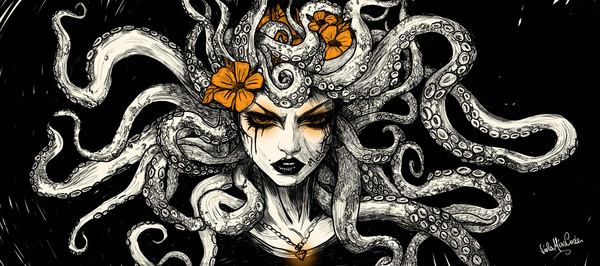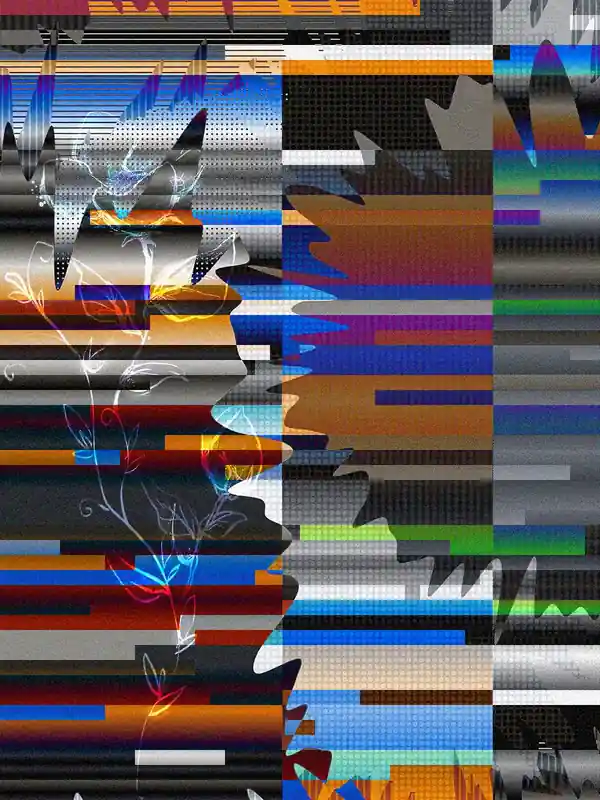Cultural Masks and Digital Identity
Throughout human history, masks have served as powerful symbols of identity, transformation, and storytelling, playing pivotal roles in theater, dance, film, and literature. From the intricate, spirit-invoking masks of African rituals to the masks of the iconic Topeng dance of Java and Barong and Rangda of Bali, masks have allowed people to story-tell through culture, transcend their everyday selves, adopt new roles, and beyond. Today, this practice has found new life in web3 through profile pictures (PFPs), where we "wear" digital masks to craft identities, tell our own stories, and engage with online communities.
Identity and Transformation
In many cultures, masks are not mere accessories but essential storytelling tools. In Japanese Noh theater, for instance, a single mask can convey shifting emotions depending on the actor’s movements, blurring the line between performer and character.
Venetian masks during Carnevale provided another function: social inversion. In film, masks have been used to heighten mystery and power—think of the eerie, ritualistic masks in Eyes Wide Shut, which create an atmosphere of secrecy and altered identity or, think of Jim Carrey in The Mask, completely reinventing himself from timid to extremely overt with his mask on! Similarly, in Greek tragedy, masks were essential tools that allowed actors to convey deep emotions across vast amphitheaters, making them larger-than-life figures of myth and morality. Even in modern literature, masks often symbolize hidden truths or dual identities, as seen in The Phantom of the Opera and V for Vendetta. Behind a mask, a peasant could become a noble, and societal norms temporarily upended. This theme of anonymity and role-playing is echoed in today’s digital culture, where online personas can free individuals from the real world (or as we refer to it online - irl).
From Ritual to Pixel
In the Web3 landscape, PFPs function as modern masks, enabling users to curate and project their digital identities. Just as masks in traditional societies symbolized status, spirituality, or transformation, PFPs communicate affiliations, beliefs, and personal narratives.
Expression in Web3
A PFP can be a digital talisman, representing the aspects of ourselves we wish to highlight. CryptoPunks, for example, have become a status symbol in the NFT space, signifying early adoption and deep engagement with blockchain culture. Similarly, artists and collectors often choose PFPs that reflect their creative sensibilities, whether it’s a generative piece or a pixelated avatar.
A Narrative Expressed
Each PFP carries a story—its creator, its community, and its symbolic elements all contribute to its narrative. The Onchain Monkey, for instance, doesn’t just offer collectible avatars; it tells a story of an exclusive digital society, where owning a monkey grants access to to a plethora of technical knowledge, irl impact, and fellow generative art enthusiasts, overall, an entry to what could be described as its own microcosm like ecosystem.
The Power of Anonymity
Just as masquerades historically allowed for temporary escapes from societal expectations, PFPs provide a form of pseudonymity in online interactions. On platforms like Twitter and Discord, entire personas are built around PFPs, demonstrating that identity in Web3 is as much about perception as it is about reality.
Artistic Identity
The artistic style of a PFP can be a powerful statement about how someone sees themselves and what they value. For example, owning a Nodemonke represents a love for nostalgic pixel art, combined with an appreciation for the historical significance of early inscriptions on Bitcoin. Meanwhile, a PoorTraits PFP might reflect a passion for futuristic VR/AR aesthetics and the evolution of digital self-representation, or a Quantum Cat, an allegiance to a tsunami of BTC innovation. Just as traditional masks were designed to channel spirits or express cultural identities, PFPs function as visual statements of personal taste, artistic alignment, and digital philosophy.
Playful Personas
One of the most liberating aspects of digital masks is the ability to embrace playfulness. Humans have always delighted in role-playing, and PFPs allow us to embody creatures, characters, and archetypes beyond our real-world selves. Whether it’s ribbiting as a frog, honking as a goose, or squawking as a parrot, these digital personas add a layer of humor and lightheartedness to online interactions. Just as carnival masks historically encouraged social play and mischief, PFPs let us engage in whimsical, identity-bending fun, reinforcing the innate human love for storytelling, creativity, and communal laughter.
A Personal and Communal Symbol
The transition from physical masks to digital PFPs in Web3 underscores a timeless human need: to craft identity, share stories, and connect with others. While traditional masks were imbued with spiritual, social, or cultural significance, today’s PFP’s continue this tradition in new and innovative ways. As we navigate the evolving landscape of the internet, our PFP’s serve as both personal and communal symbols, reminding us that storytelling, identity, and belonging are as crucial in cyberspace as they have been throughout history.




.png)